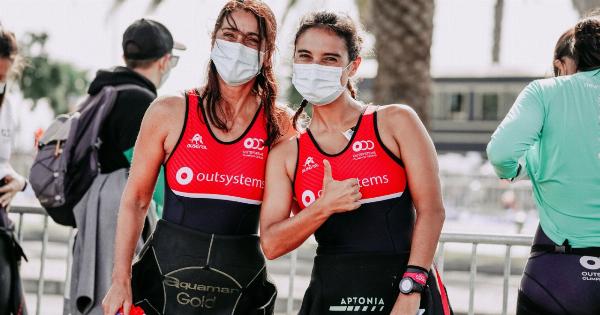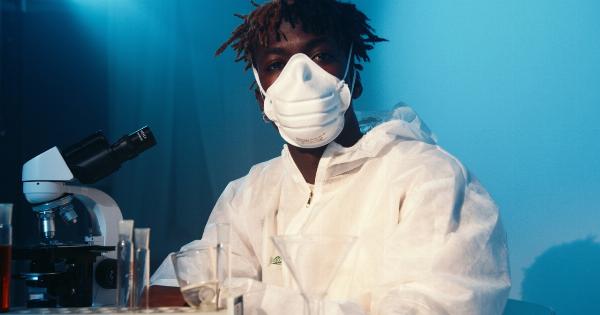The COVID-19 pandemic brought with it a surge in the use of face masks as a crucial preventive measure. However, as the virus continues to mutate and new variants emerge, not all masks provide equal protection anymore.
It is essential to stay updated on the latest information regarding mask effectiveness, as certain types may no longer be as effective in preventing the spread of these new strains. In this article, we will discuss the masks that you should now avoid and explore alternative options to ensure your safety and the safety of those around you.
1. Gaiters and Bandanas
Gaiters and bandanas gained popularity early in the pandemic due to their convenience and availability. However, recent studies have shown that these types of face coverings do not offer sufficient protection against the newer variants of the virus.
The loose-fitting nature of gaiters and bandanas allows for the easy passage of respiratory droplets, making them less effective in preventing transmission. It is crucial to replace these options with more secure alternatives.
2. Single-Layered Fabric Masks
Single-layered fabric masks that were once considered a viable option are now deemed inadequate. With the evolving strains of the virus, these masks do not provide a sufficient barrier against respiratory droplets.
Multi-layered masks are recommended, as they create a more effective filtration system that helps reduce the spread of the virus.
3. Masks with Valves
Masks with valves, often marketed as “exhalation valves” or “breathable masks,” were initially popular among individuals seeking better breathability.
However, these masks are designed to protect the wearer and not those around them. The valves allow the unfiltered air you exhale to escape, potentially carrying virus particles. As a result, these masks are no longer recommended, especially in crowded or indoor settings where the risk of transmission is higher.
4. Thin Disposable Masks
Thin disposable masks, typically made of lightweight material, are another type of face covering that may no longer be sufficient in preventing the spread of COVID-19.
These masks often lack multiple layers and may have gaps that allow respiratory droplets to pass through easily. Upgrading to thicker, multi-layered disposable masks or reusable fabric masks with proper filtration systems is advised to ensure better protection.
5. Masks with Inadequate Fit
A well-fitting mask is crucial for its effectiveness. Masks with inadequate fit, such as those that are too loose or do not cover the nose and mouth completely, pose a higher risk of viral transmission.
It is essential to choose masks that fit snugly against the sides of the face without obstructing breathing. Masks with adjustable straps or nose wires can provide a more customizable fit, improving both comfort and protection.
6. Novelty Masks
Novelty masks, often designed for fashion purposes or with unique patterns and designs, may not prioritize the same level of protection as regular masks.
While these masks can be visually appealing, it is essential to prioritize functionality and safety. Opting for masks that meet recommended guidelines regarding filtration efficiency and fit is vital for minimizing the risk of contracting or spreading the virus.
7. Masks with Damaged or Worn-out Filters
Over time, the filters in reusable masks may become damaged or worn out, compromising their effectiveness. It is crucial to regularly inspect and replace filters as recommended by the manufacturer.
If your mask does not have replaceable filters, it may be time to consider purchasing a new one that allows for adequate filtration. Regular maintenance and proper care of masks can significantly enhance their protective capabilities.
8. Transparent Plastic Masks
Transparent plastic masks, often used to facilitate lip-reading or for individuals with hearing impairments, might not provide the same level of protection as standard masks.
These masks often have gaps around the edges where respiratory droplets can escape, increasing the risk of transmission. If you require a transparent mask, look for options that also incorporate a proper filtration system or consider using face shields in combination with regular masks for added protection.
9. Masks with Excessive Ventilation
While ventilation can improve breathability, masks with excessive ventilation features may compromise their effectiveness in preventing viral spread.
Masks with too many holes or large vents may allow respiratory droplets to escape easily, increasing the risk of transmission. It is advisable to choose masks with controlled and tested ventilation systems that balance breathability with efficient filtration.
10. Masks Made of Stretchy or Thin Materials
Masks made of stretchy or thin materials, such as spandex or sheer fabric, offer minimal protection against the transmission of COVID-19.
These materials often do not provide adequate filtration and may not fit firmly around the face, allowing respiratory droplets to pass through gaps. Opting for masks made of thicker, tightly woven fabrics with multiple layers is essential for ensuring effective protection against the virus.
Conclusion
As the COVID-19 virus mutates and new variants emerge, it is crucial to adapt our preventive measures accordingly. The masks that were once considered adequate may no longer provide the level of protection required.
To ensure our safety and the safety of those around us, it is essential to steer clear of masks that have been found to be less effective against the evolving strains. Choosing masks with multiple layers, proper filtration systems, and a secure fit is crucial for minimizing the risk of transmission.
Stay informed about the latest recommendations from healthcare authorities and make informed decisions to protect yourself and others from the virus.






























